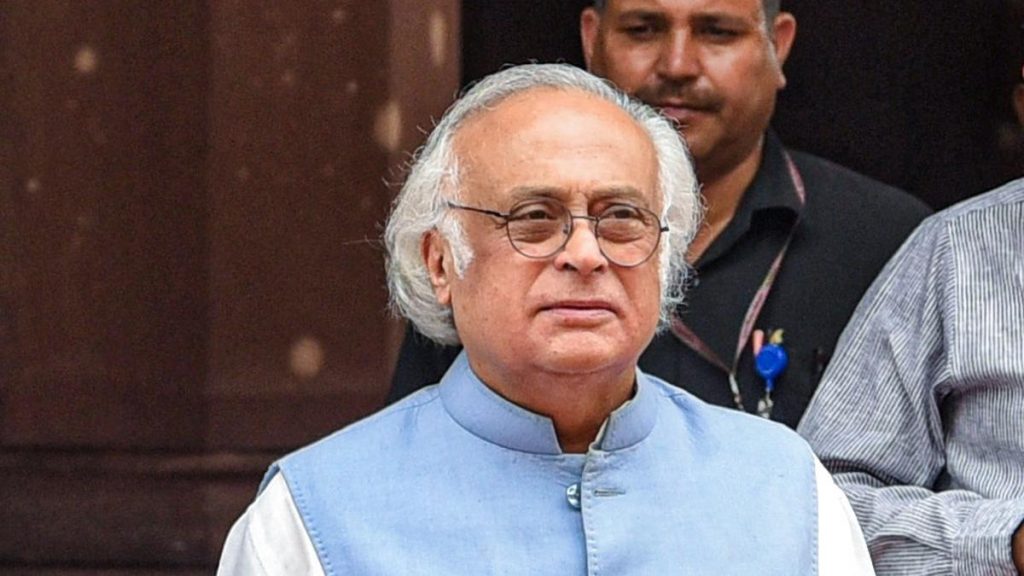Now Reading: How a Simple Fix Could Transform Fitness Trackers for Millions
-
01
How a Simple Fix Could Transform Fitness Trackers for Millions
How a Simple Fix Could Transform Fitness Trackers for Millions
Quick Summary
- Fitness trackers frequently enough inaccurately measure calorie burn for individuals with obesity due to differences in gait, speed, and energy exertion.
- Scientists at Northwestern University developed a new algorithm that improves accuracy for wrist-worn devices used by peopel with obesity.
- The algorithm is clear, rigorously tested, open-source, and ready for further research and growth.
- This advancement achieves over 95% accuracy in real-world scenarios using commercial fitness tracker data. It rivals gold-standard metabolic methods of measuring energy burn.
- Study methodology:
– Participants wore fitness trackers alongside metabolic carts (devices calculating oxygen intake/output) during physical activities to validate energy burn measurements.
– Another group wore trackers while performing daily activities monitored visually through body cameras to assess device accuracy further.
– Examples included wall pushups showcasing choice exercises accurately recognized by the model.
- Motivated by a personal experience where existing trackers undervalued effort during an exercise class attended with a person living with obesity.
- Findings challenge customary fitness metrics and stress inclusivity in exercise tracking technology for better intervention tailoring and health outcomes.
Publication: Results will be published on June 19 in Nature Scientific Reports.
Funding sources: Included NIH institutes like NIDDK (grant numbers K25DK113242-01A1), NSF (1915847), and others supporting translational science research.
Indian Opinion Analysis
This scientific breakthrough could have meaningful implications for India’s growing healthcare sector as it contends with rising obesity rates-a trend linked to urbanization, sedentary lifestyles, and changing dietary patterns. accurate calorie measurement technology tailored to individuals living with obesity holds the potential to improve personalized health management tools substantially. By delivering more reliable data through wrist-worn devices, this innovation may help bridge gaps in preventive care strategies like designing targeted workout plans or monitoring interventions more effectively.furthermore, inclusivity in fitness tracking reflects broader efforts toward erasing societal biases about physical activity standards-an evolving priority as india embraces digital health initiatives tied closely to equitable access across diverse populations. Widespread adoption could equip healthcare providers better while also empowering users managing chronic conditions generally associated with higher BMIs such as diabetes or cardiovascular disease-all concerns critical within the Indian landscape of public health priorities.
Ensuring accessible deployment alongside information campaigns tailored locally encourages adaptation bridging global-based results meaningful toward empowering lifestyle transformative resource/tools reaching highest impactful maximizations wellbeing ranges culturally aligned behavior populations assist reconciliation barriers digit-tech challenged cohorts indirectly tackling broader economic implications indirect avoided disease burdens fostering systemic accumulative meta-positive multiplier ripple complements social optimal…

























